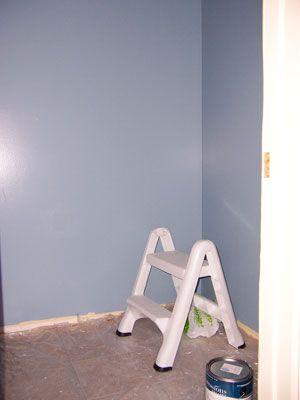How to Paint a Room: 20 Secrets the Pros Won't Tell You
To apply a perfectly smooth coat of paint to walls, ceilings, and woodwork, you must start with a perfectly smooth surface. One pro told us that "sander," would be a more fitting job title for him than "painter," since he spends so much time pushing sandpaper.

Sanding with the appropriate abrasive paper helps level out spackling compound and drywall joint compound patches, flattens ridges around nail holes, and feathers out repairs to inconspicuously blend into the surrounding surface. Sanding also removes burrs and rough spots in painted wood trim, such as baseboard moldings and window and door casings. And roughing up a glossy painted surface with fine-grit sandpaper allows the new paint coat to adhere more easily.
Use a sanding pole fitted with 220-grit sandpaper to sand the walls vertically from the baseboard up to the ceiling. Be sure to overlap each stroke slightly to keep from missing any spots. Then, sand horizontally along the top of the baseboard molding and along the tops of the walls at the ceiling. Don't apply too much pressure on the sanding pole or its swiveling head might flip over and damage the wall. Plus, sandpaper tends to load up (clog) when you press down too hard.
To sand decorative woodwork, try using a sanding sponge, which gets into crevices and easily conforms to contours.







